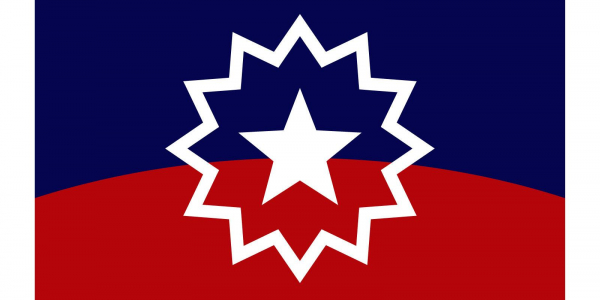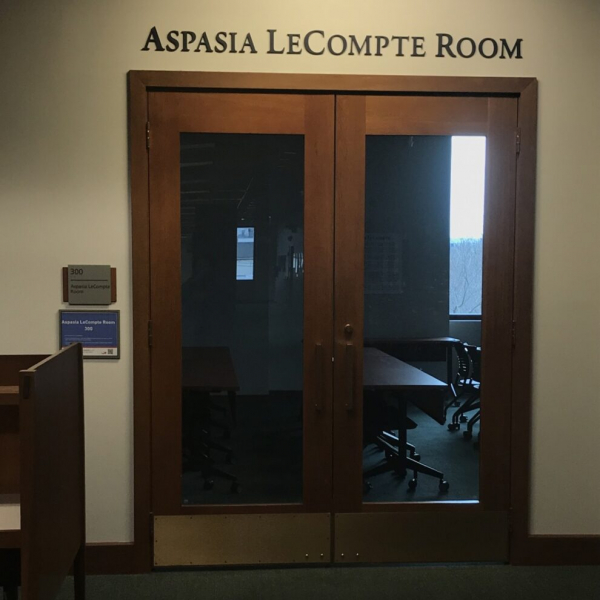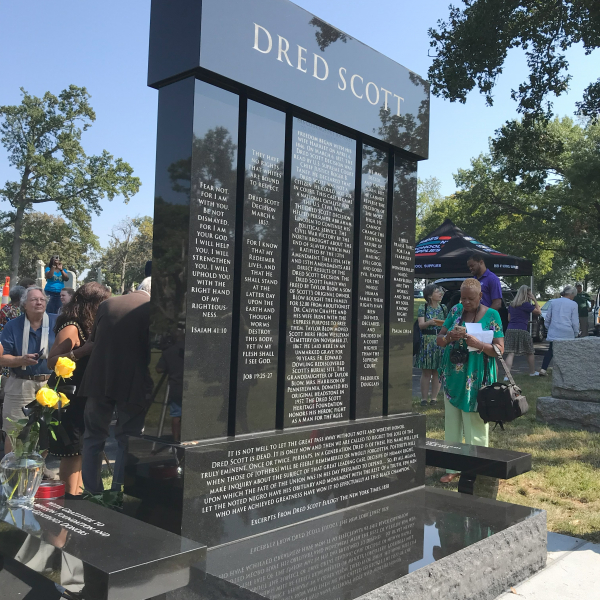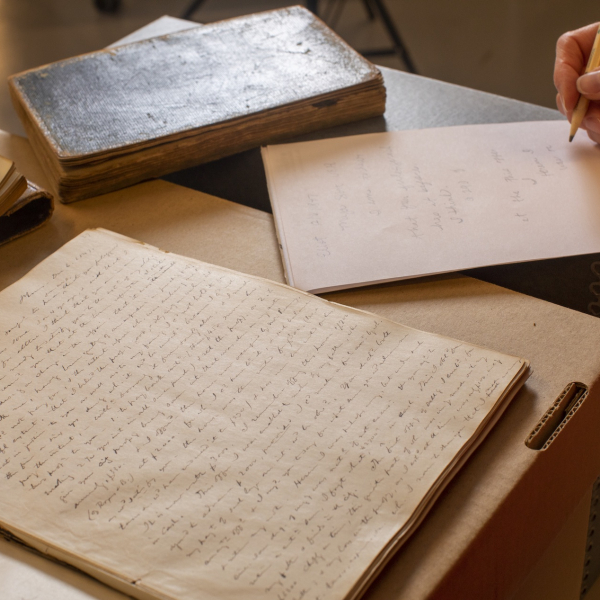Juneteenth is believed to be the oldest continually celebrated commemoration of the abolition of slavery in the United States. Though the Emancipation Proclamation was issued on January 1, 1863, an executive order ending slavery in the seceding states, the Confederacy did not surrender until April 1865, and even then Confederate soldiers and other rebel factions continued to fight, slave holders fought emancipation in court (including to demand reparations), and defenders of slavery held on in various other ways.
The process of actually freeing enslaved African Americans was long and varied dramatically nationwide, as each state devised its own method of doing so, in its own time, and with varying protections of freedom. In 1777 Vermont prohibited slavery. In Missouri, a state constitutional convention held at the Mercantile Library on January 11, 1865 declared slavery illegal but did not extend voting rights to Black Missourians. Passage of the 13th Amendment to the U. S. Constitution, ratified on December 6th and adopted on December 18, 1865, technically ended legal slavery throughout the United States.
Observance of Juneteenth
The Juneteenth observance originates in Galveston, Texas, where on June 19, 1865 the Union officer Gordon Granger arrived and publicly read Order No. 3, declaring that enslaved African Americans were now free. The order began:
"The people of Texas are informed that in accordance with a Proclamation from the Executive of the United States, all slaves are free. This involves an absolute equality of rights and rights of property between former masters and slaves, and the connection heretofore existing between them becomes that between employer and hired laborer."
Galveston is believed to be the site of the first public reading of the proclamation in the South, and the first community to formerly celebrate the abolition of slavery. As historian Henry Louis Gates, Jr. has observed, claiming the date of the reading on June 19 as the Juneteenth holiday by the formerly enslaved was an important act of self-determination: “In one of the most inspiring grassroots efforts of the post-Civil War period," he notes, "they transformed June 19 from a day of unheeded military orders into their own annual rite, ‘Juneteenth,’ beginning one year later in 1866.” (Source)
The Juneteenth celebration thus began in Galveston, TX and spread to other communities where African Americans in particular marked emancipation with Juneteenth festivities including rodeos, baseball, and fireworks, as well as public history lessons to collectively remember this past, and prayer services. Several foods grew synonymous with Juneteenth. Barbecuing is traditionally central to the celebration, as are homemade strawberry soda, pies, and a custom of preparing special dishes for celebrants to share. Dress has also been a historically significant aspect of the celebration, again expressing Black freedom and self-determination by countering historically restricted standards of dress and expressions of style.
Growth of Juneteenth as National Celebration and Remembrance
While local communities and states have recognized histories of emancipation in varied ways and on other dates, June 19 has grown to become recognized as a national day of remembrance, celebration and recommitment to the struggle for freedom. Similarly, whereas Juneteenth was historically celebrated by African Americans alone, the holiday has grown more mainstream, and widely recognized. On June 17th, 2021, President Joe Biden signed the Juneteenth National Independence Day Act into law establishing Juneteenth as a federal holiday. The following year, St. Louis Mayor Tishaura O. Jones established Juneteenth as a paid holiday for city employees, beginning in June 2022. There are many Juneteenth celebrations and commemorative events in St. Louis every year in the month of June. A link below will take you to a list of Juneteenth celebrations around greater St. Louis.
As recognition and celebration of Juneteenth has grown, so too has critical reflection on the lasting impact of slavery - culturally, economically, politically - and the unfinished pursuit of actual freedom. To be sure, the question of reparations has always been tied to emancipation, and in various ways. Slave holders contested emancipation in part on the grounds that they should be paid reparations for the economic loss this would entail, as was the case in England and France. Formerly enslaved African Americans demanded reparations for centuries of unpaid labor. In the 1960s and 1970s, celebrations and other observances of Juneteenth emphasized this continuing struggle, and today there are growing calls to center the long pursuit of reparations in the observance of Juneteenth, so that our nation might finally realize equality and justice for all.
The Juneteenth Flag
The red, white, and blue Juneteenth flag, pictured below, was designed to symbolize important aspects of the Juneteenth celebration. The single star represents the "lone star" of Texas, where the celebration originates, and further symbolizes all of the U.S. states where African Americans would gain freedom. The bursting outline surrounding the star symbolizes a nova, or new star, representing hopes of a new beginning for African Americans and the post-Emancipation U.S., and the arc spanning the width of the flag further represents this new horizon of opportunity and promise. Finally, the colors invoke the American flag, asserting African Americans' standing as Americans, and an ongoing, collective struggle to fully realize the national ideal of liberty and justice for all.
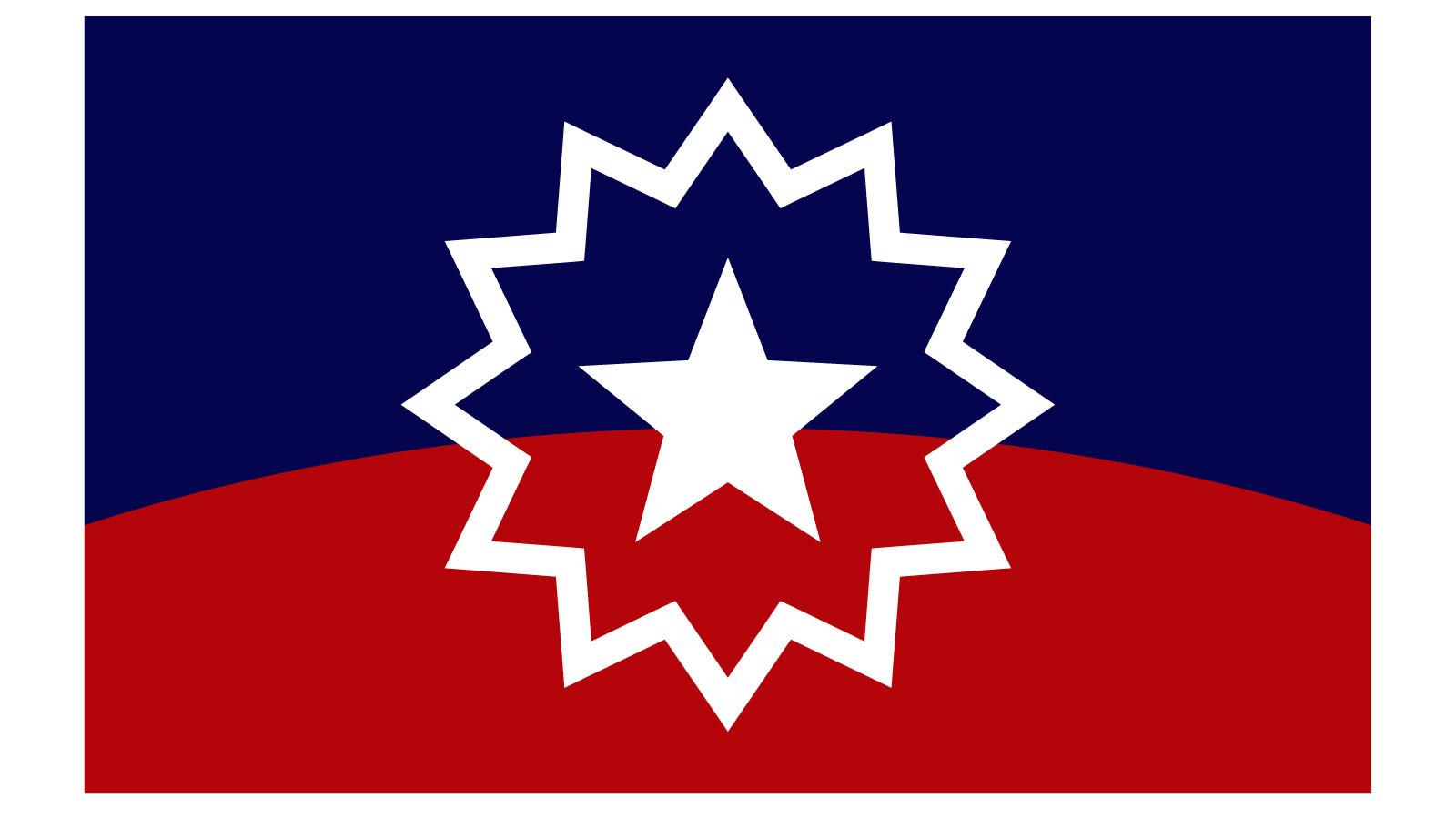
Join in observances of Juneteenth
Follow this link for a list of Juneteenth events maintained by the City of St. Louis
Learn More about Juneteenth
This summary of Juneteenth draws upon many of the sources below. These and other sources are listed - including online articles, podcasts and websites - to provide additional context on Juneteenth in our national, state, and local contexts.
Selected Sources
Barker, Jacob. "St. Louisans mark Juneteenth as Rep. Bush, Mayor Jones call for Reparations," St. Louis Post-Dispatch, June 2021
Berry, Mary Frances. My Face is Black is True: Callie House and the Struggle for Ex-slave Reparations. Vintage, 2006.
Brown, Lynn. "The Story of Juneteenth" JSTOR Daily, June 2021
Gordon-Reed, Annette. On Juneteenth. WW Norton, 2021
O'Neil, Tim. "Emancipation - A Look Back: The day that Missouri finally freed its slaves," St. Louis Post Dispatch, January 2021
Rivas, Rebecca. "As Juneteenth nears, St. Louis organizations call for reparations" Missouri Independent, June 2022
Taylor, Derrick. "Juneteenth: The History of a New Holiday" NY Times, June 2022
Hall, Stephanie. "Juneteenth" Folklife Today - Library of Congress, June 2016
Hancock, Kelly "Emancipation and Juneteenth Collection Highlights," American Civil War Museum, June 2020
JSTOR editors, "Juneteenth in the Alternative Press," June 2020
Kaur, Harmeet, "The Juneteenth flag is full of symbols. Here’s what they mean," CNN, June 2021
Other Resources
General online resource on the celebration of Juneteenth: Juneteenth.com
Information page at St. Louis city government website: Juneteenth in the City of St. Louis
NPR podcast with Annette Gordon-Reed, "The History of Juneteenth," 2021
State Historical Society of Missouri Story Map: "Emancipation Day in the Ozarks"

